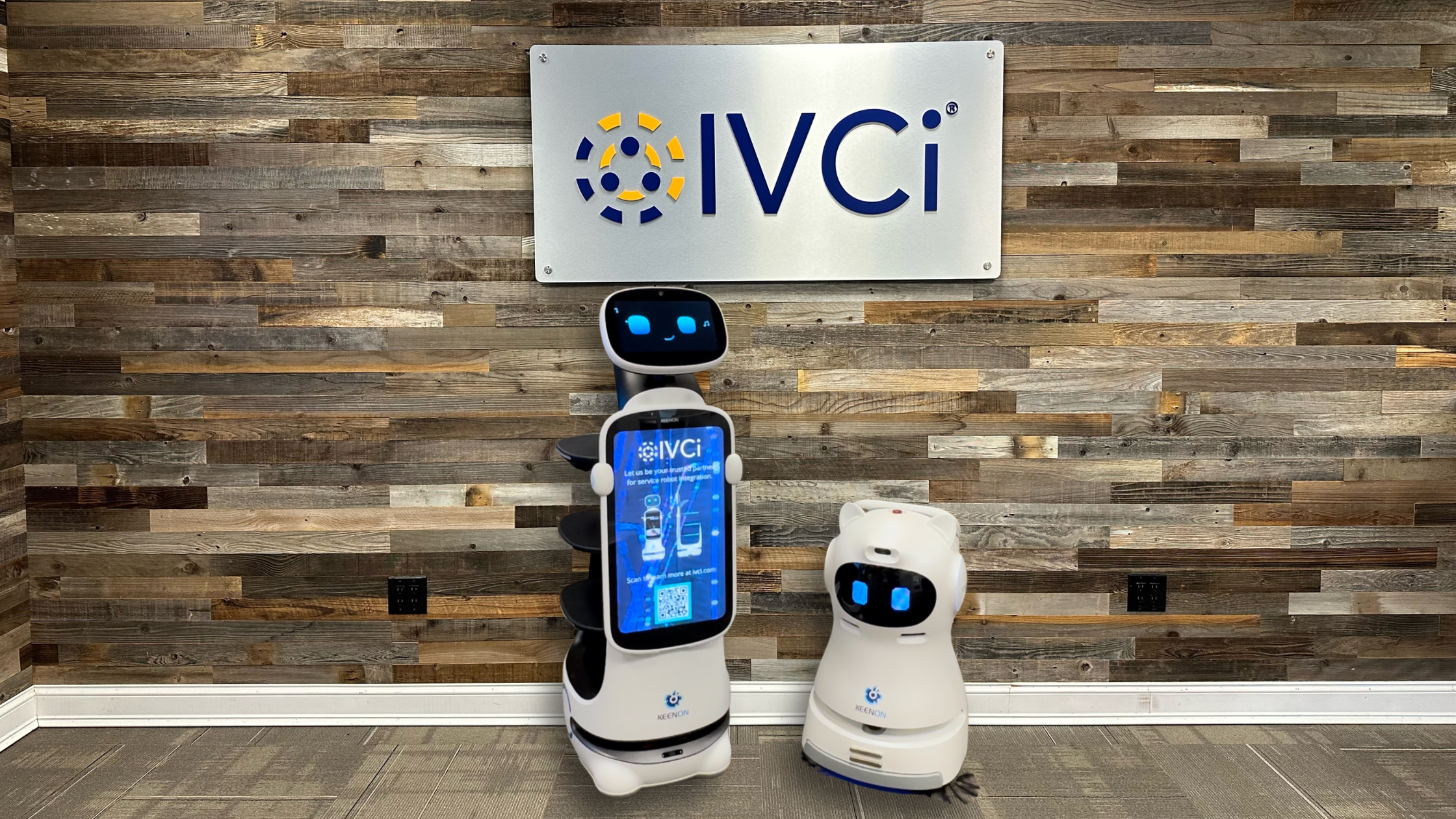In a world where meetings are conducted remotely and hangouts are mostly virtual, it seems like everyone is using Zoom in some capacity.
But with 300 million meeting participants per day on the platform, Zoom can be an easy target for security breaches. If you’re using Zoom to conduct business, you can’t take the risk of personal information or sensitive company data being compromised.
We’ve put together guidance that your organization can use to make sure your Zoom calls are secure.
Zoombombing: Understanding the threat landscape
Before we get into security precautions, it’s important for organizations to understand what’s at stake. Enter: Zoombombing.
Zoombombing is when your Zoom calls are hacked into by an unauthorized user. In doing so, the hijacker can hold accounts for ransom, share inappropriate content with a vulnerable audience, or gain access to private data shared within the meeting. Zoombombing is serious enough that the U.S. Department of Justice has named it a federal offense.
While Zoom has made great strides to improve security since the first Zoombombing incident was reported, there are still things organizations can do to keep their meetings secure.
1. Use the Waiting Room feature
The Waiting Room gives you the ability to see who is trying to join your meeting, so you can admit them yourself. That way, you can have complete control over who joins the meeting. You can admit users individually, all at once, or grant certain users the rights to bypass the Waiting Room.
2. Use randomly generated Meeting IDs and password protect them
When creating a meeting, it will automatically be populated with your Personal Meeting ID. But since this remains the same, it’s easier for unwanted attendees to end up in your meeting. Be sure to schedule all new meetings with a randomly generated meeting ID so that no two are the same and only invited attendees can join.
You can take this one step further by password protecting your Personal Meeting ID and all scheduled meetings. That way, even if a malicious user does figure out your meeting ID, they won’t be able to get in.
3. Lock the meeting and manage participants accordingly
Once all attendees are admitted into the meeting, you should lock the meeting so no additional attendees can join. From there, you can manage your participants easily and with full control over whether additional people can join or not.
4. Turn off features that attendees don’t need for that meeting
Zoom has some great built-in features that help attendees collaborate and conduct productive meetings. But those features could also make it easier for the wrong person to steer the meeting in the wrong direction or steal personal data.
Unless it’s necessary for the meeting, you’ll want to disable the following features for attendees:
- Private chat
- Annotation
- Screen sharing
- Microphone
You can manage these features in real time throughout the meeting, so it’s best for security to start with them disabled for everyone and grant access as needed.
5. Consult a video conferencing expert
If you’re unsure about where to start in securing your video conferencing system, it’s best to consult an expert. The team at IVCi can be your trusted advisor for implementing technology and security measures to keep your video conferences secure.





